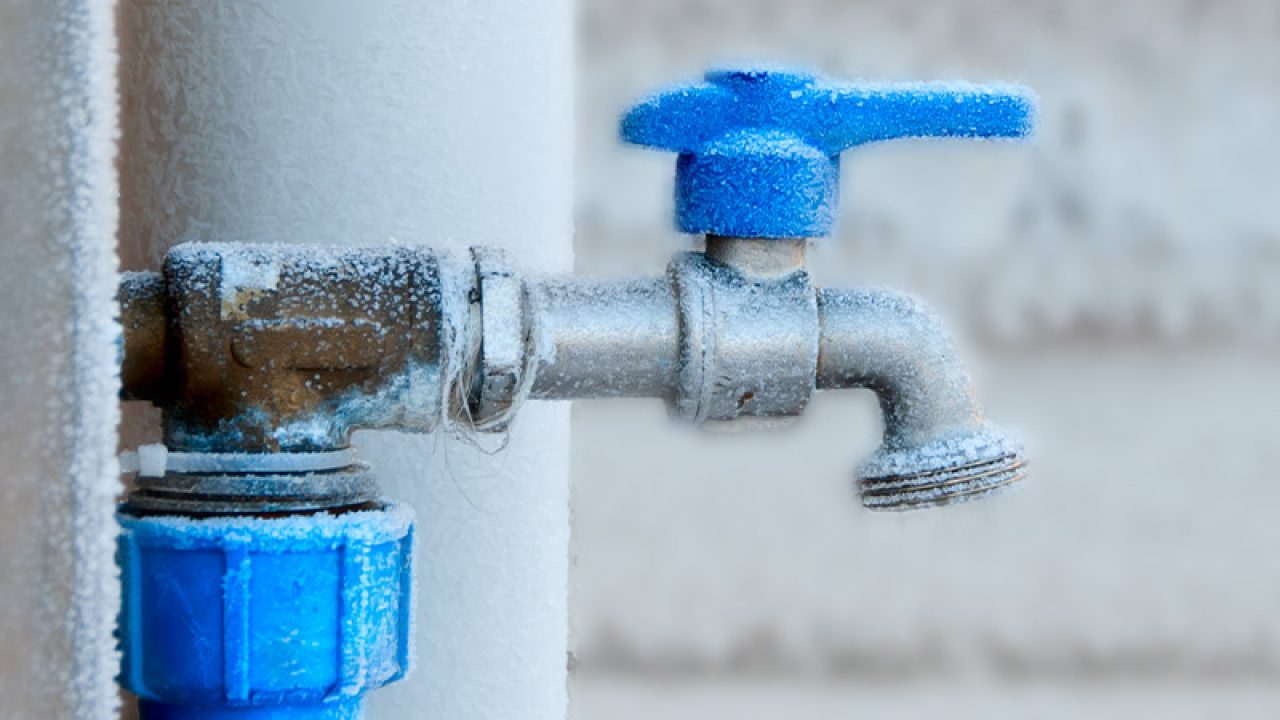Essential Methods for Avoiding Frozen Plumbing in Cold Weather
ScheduleWhat're your opinions about Helpful Tips to Prevent Frozen Pipes this Winter?

Cold weather can wreak havoc on your pipes, especially by freezing pipes. Here's how to avoid it from happening and what to do if it does.
Intro
As temperature levels decline, the threat of icy pipes boosts, potentially causing pricey repair services and water damage. Understanding how to stop icy pipelines is important for house owners in chilly climates.
Prevention Tips
Insulating susceptible pipelines
Cover pipelines in insulation sleeves or use warm tape to shield them from freezing temperatures. Concentrate on pipes in unheated or external locations of the home.
Heating techniques
Keep indoor spaces sufficiently heated up, particularly areas with pipes. Open closet doors to permit cozy air to distribute around pipes under sinks.
Just how to recognize frozen pipes
Look for decreased water circulation from taps, unusual odors or sounds from pipelines, and visible frost on exposed pipes.
Long-Term Solutions
Architectural changes
Take into consideration rerouting pipes far from outside walls or unheated areas. Include added insulation to attics, basements, and crawl spaces.
Updating insulation
Purchase high-quality insulation for pipes, attics, and wall surfaces. Proper insulation assists preserve regular temperatures and reduces the threat of frozen pipes.
Shielding Outside Pipes
Garden hoses and outdoor faucets
Separate and drain pipes garden tubes prior to wintertime. Set up frost-proof spigots or cover outside faucets with shielded caps.
Recognizing Icy Pipes
What creates pipes to ice up?
Pipes ice up when subjected to temperatures below 32 ° F (0 ° C) for extended periods. As water inside the pipelines ices up, it expands, putting pressure on the pipeline walls and potentially creating them to break.
Dangers and damages
Icy pipes can result in supply of water interruptions, residential property damages, and pricey fixings. Ruptured pipelines can flooding homes and trigger considerable structural damage.
Indicators of Frozen Pipeline
Identifying frozen pipelines early can stop them from rupturing.
What to Do If Your Pipelines Freeze
Immediate activities to take
If you think icy pipelines, keep taps open up to alleviate stress as the ice melts. Utilize a hairdryer or towels soaked in hot water to thaw pipelines gradually.
Final thought
Protecting against frozen pipelines needs positive actions and fast feedbacks. By understanding the reasons, signs, and safety nets, home owners can secure their pipes during cold weather.
5 Ways to Prevent Frozen Pipes
Drain Outdoor Faucets and Disconnect Hoses
First, close the shut-off valve that controls the flow of water in the pipe to your outdoor faucet. Then, head outside to disconnect and drain your hose and open the outdoor faucet to allow the water to completely drain out of the line. Turn off the faucet when done. Finally, head back to the shut-off valve and drain the remaining water inside the pipe into a bucket or container. Additionally, if you have a home irrigation system, you should consider hiring an expert to clear the system of water each year.
Insulate Pipes
One of the best and most cost-effective methods for preventing frozen water pipes is to wrap your pipes with insulation. This is especially important for areas in your home that aren’t exposed to heat, such as an attic. We suggest using foam sleeves, which can typically be found at your local hardware store.
Keep Heat Running at 65
Your pipes are located inside your walls, and the temperature there is much colder than the rest of the house. To prevent your pipes from freezing, The Insurance Information Institute suggests that you keep your home heated to at least 65 degrees, even when traveling. You may want to invest in smart devices that can keep an eye on the temperature in your home while you’re away.
Leave Water Dripping
Moving water — even a small trickle — can prevent ice from forming inside your pipes. When freezing temps are imminent, start a drip of water from all faucets that serve exposed pipes. Leaving a few faucets running will also help relieve pressure inside the pipes and help prevent a rupture if the water inside freezes.
Open Cupboard Doors
Warm your kitchen and bathroom pipes by opening cupboards and vanities. You should also leave your interior doors ajar to help warm air circulate evenly throughout your home.

I was guided to that write-up on 6 Ways to Prevent Frozen Pipes from an acquaintance on another site. If you please take the opportunity to promote this blog posting if you enjoyed reading it. I love your readership.
Schedule Estimate